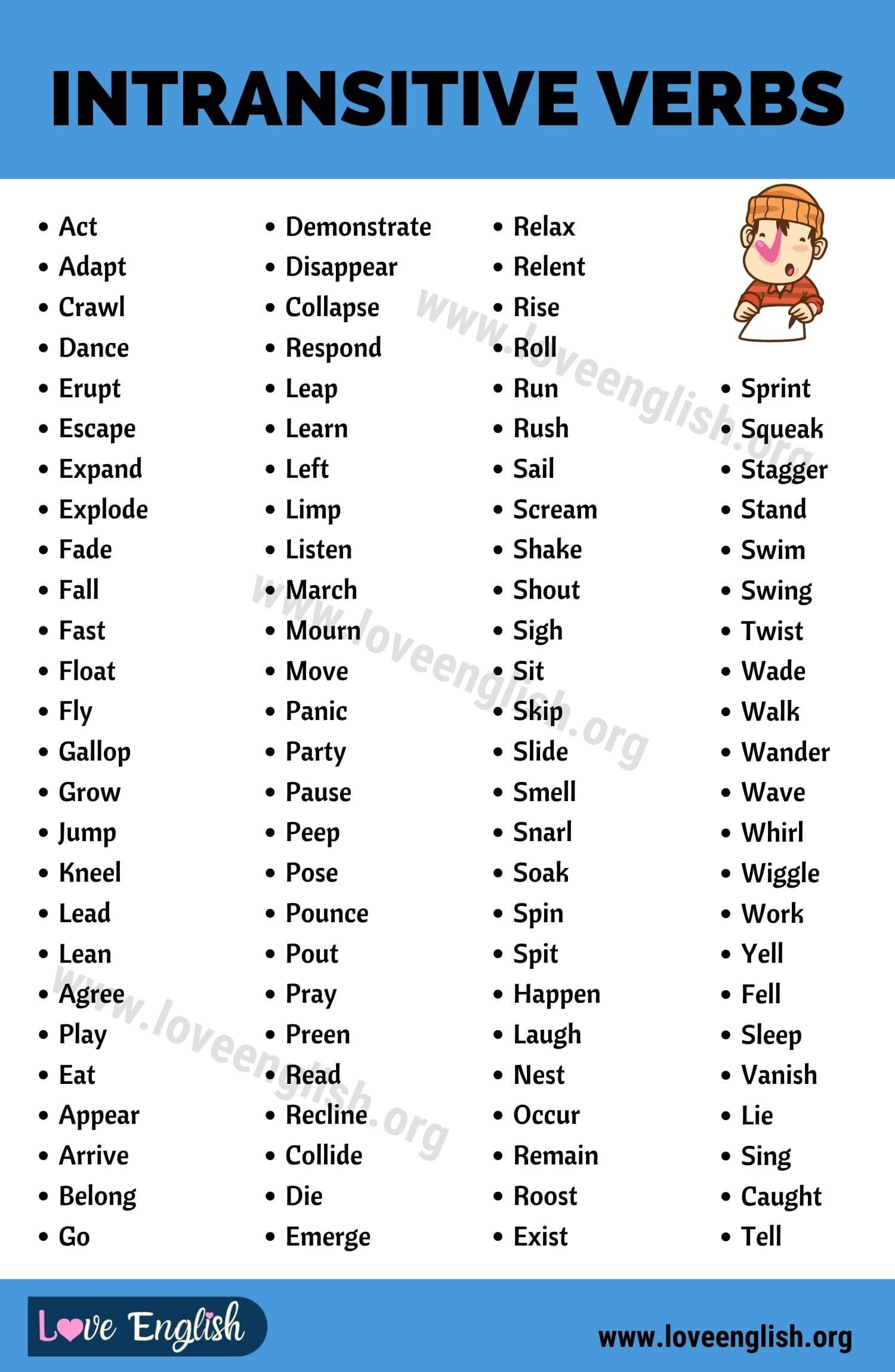Transitive verbs are action verbs that require a direct object to complete their meaning. In other words, they transfer the action of the subject to an object. Understanding transitive verbs is important for mastering the English language and improving your writing skills. Below is a list of common transitive verbs to help you identify and use them correctly.
1. Eat – She ate an apple.
2. Read – He read a book.
3. Throw – They threw the ball.
4. Write – I wrote a letter.
5. Buy – We bought groceries.
Transitive verbs can be easily identified by asking the question “What?” or “Whom?” after the verb. If the answer is a noun or pronoun, then the verb is transitive. For example, in the sentence “She ate,” you can ask “What did she eat?” The answer is “an apple,” which is a direct object and completes the action of the verb.
It is important to note that not all verbs are transitive. Some verbs can be both transitive and intransitive depending on the context of the sentence. For example, the verb “play” can be transitive in the sentence “She played the piano” or intransitive in the sentence “They played all day.”
Using transitive verbs correctly can improve the clarity and effectiveness of your writing. By understanding how transitive verbs work and practicing with examples, you can enhance your communication skills and express your ideas more precisely. Remember to always include a direct object after a transitive verb to complete the action and convey your message accurately.
In conclusion, transitive verbs play a crucial role in sentence structure and communication. With the list of examples provided above, you can easily identify and use transitive verbs in your writing. Practice using transitive verbs in your sentences to improve your language skills and convey your thoughts effectively.
